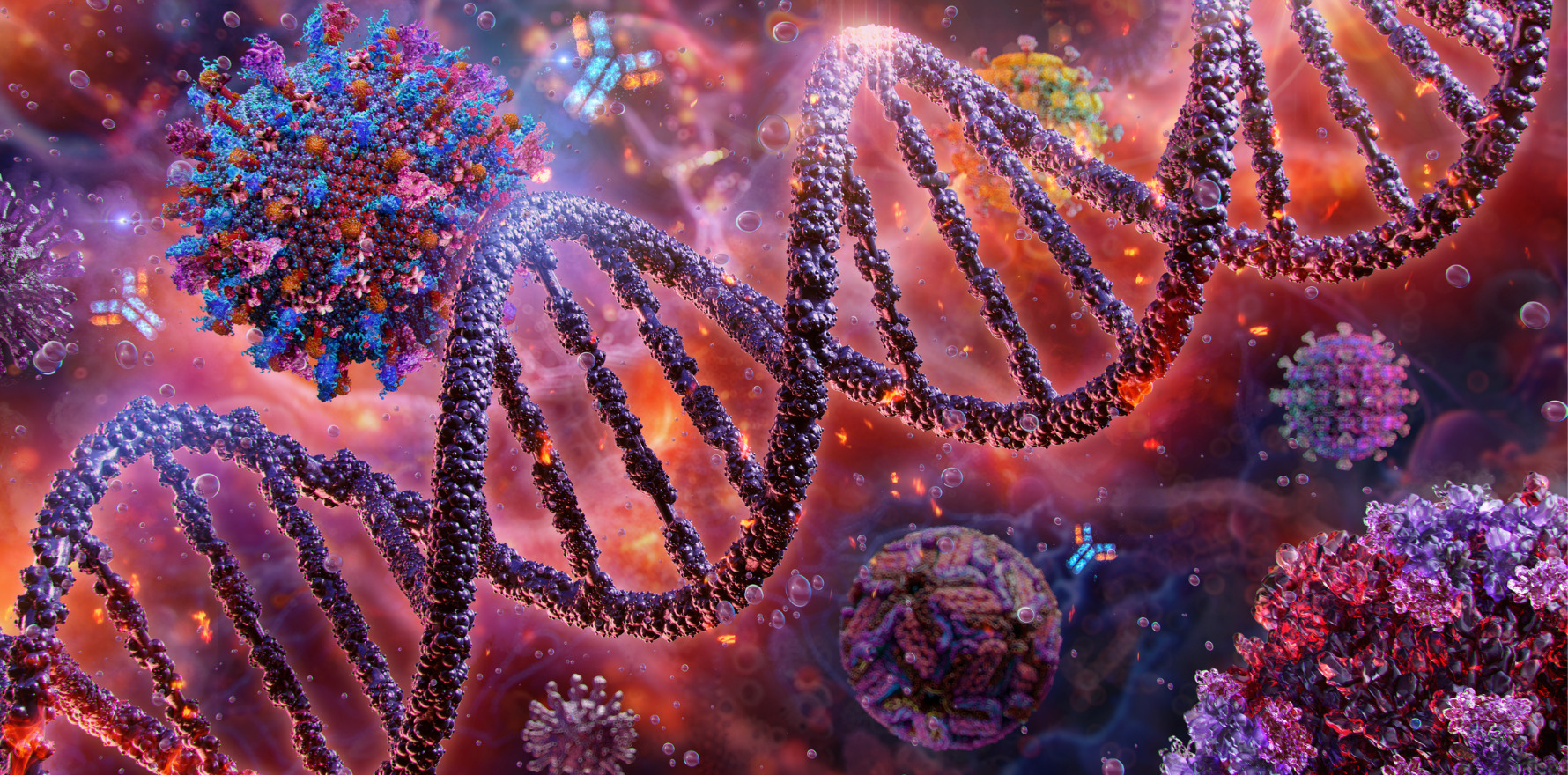The discovery of a second receptor used by therapeutic viruses paves the way for safer, lower-dose treatments for rare genetic disorders like haemophilia, say researchers.
Australian scientists have identified a previously unknown receptor that viruses use to enter human cells, that they say could lead to safer and more effective therapies for genetic disorders like haemophilia, Pompe disease and Duchenne muscular dystrophy.
The Centenary Institute and University of Sydney researchers say the discovery could allow lower doses of gene therapy viruses to be used in treatment, helping to reduce side effects and treatment costs, while improving patient outcomes.
Their landmark study on the novel cell receptor AAVR2 – also known as carboxypeptidase D (CPD) – has been published in the journal Cell this week.
The study demonstrated that AAVR2 served as an alternate receptor to the long-established receptor known as AAVR, allowing several clinically used adeno-associated virus (AAV) serotypes, including AAV8, AAVrh10 and AAVhu37, to enter human cells via an AAVR-independent route.
This was particularly crucial for AAV11 and AAV12, which rely exclusively on AAVR2 for cell entry.
Gene therapies typically use modified viruses, known as AAVs, to deliver healthy genes into the body.
While these treatments have the potential to be life-changing for patients, their families and caregivers, they often require high vector doses to achieve therapeutic effects which in some cases can trigger severe immune responses, lead to serious complications, or even death.
Dr Bijay Dhungel, lead author of the study and researcher at the Centenary Institute’s Centre for Rare Diseases and Gene Therapy and the University of Sydney, said they had found that certain AAV types can use this newly identified receptor, AAVR2, to enter cells, providing an alternative to the previously known entry route.
“This discovery uncovers a completely new pathway for delivering genes into cells. Modulating this pathway can potentially make gene therapies safer, cheaper and more precise,” he said.
Co-senior author Dr Charles (Chuck) Bailey, head of the Centre for Rare Diseases and Gene Therapy at the Centenary Institute and researcher at the University of Sydney, said the research had gone beyond just the discovery of the receptor.
“We not only identified this new receptor AAVR2 but also discovered how it binds to the viruses that deliver the genes,” he said.
“We then went a step further and engineered a miniature version of the receptor and demonstrated that this significantly enhances how efficiently the gene therapy is taken up in human cells and tissues.
“We believe this knowledge will ultimately improve the accessibility of gene therapies to patients.”
The researchers said the study held particular promise for improving therapies targeting conditions like Duchenne muscular dystrophy, Pompe disease and haemophilia, where gene replacement has shown potential but faced serious delivery and safety challenges.
The researchers say the findings have important implications for the future of gene therapy, offering new strategies to tailor treatments, lower required doses and potentially avoid immune-related complications that have limited some current approaches.
However, they cautioned that more work was needed before clinical translation.
“Examining the safety and efficacy of transiently increasing AAVR2 expression in vivo will be of importance prior to clinical implementation,” they concluded.
The study was supported by funding from NSW Health, National Health and Medical Research Council (NHMRC), Therapeutic Innovation Australia, Tour de Cure, Cure the Future and Brandon Capital CUREator.


